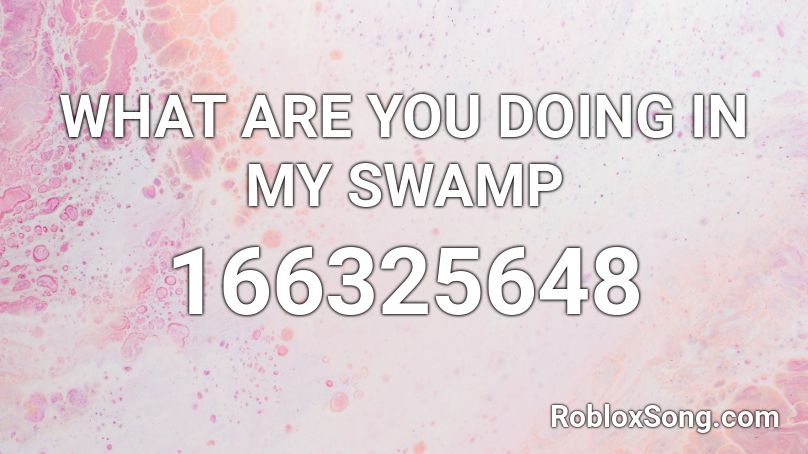


Then, it exploded, thanks to demand from a booming China, where customers are often willing to pay more for materials with antiquity. The industry grew slowly until around 2010. They clawed the trees from the earth with excavators and sold the exotic wood to furniture makers in New Zealand, the United States, and several European and Asian countries. In 1985, after environmentalist protests, the New Zealand government banned loggers from cutting live kauri on public land, and Parker and other Northland timber merchants turned their attention to swamp kauri. Itinerant 19th century gumdiggers, who sought the swamp kauri’s preserved golden resin for use in varnish and jewelry, were the first to exploit the trees for profit, digging up fields and wetlands in search of buried gum. What he couldn’t know then was that this particular tree held the key to understanding an ancient global catastrophe, and how it may have shaped our collective past. After removing the roots, he cut a four-inch-thick slice from the base of the trunk and sent it to them for analysis. One this large would be of special interest to a group of scientists who study the information that the ancient trees have coded into their rings. Parker also knew that swamp kauri, as the buried trees are known, are worth a lot to science. As soon as his chainsaw bit into the bark, he knew from the color of the sawdust (dark yellow) and from the smell (subtle, resiny) that this tree was very old, and worth a lot of money. Parker, a champion woodchopper with powerful shoulders and a missing finger, had been digging up, processing, and selling kauri logs like this one since the early 1990s. The power company, Top Energy, called in a local sawmiller named Nelson Parker to examine Magee’s find. Though this kauri tree had clearly been buried for thousands of years, Magee was astonished to see leaves and cones stuck to its underside that were still green. The indigenous Māori hold the species sacred, and use its honey-colored softwood for traditional carvings and ocean-going canoes. It was a kauri tree, a copper-skinned conifer endemic to New Zealand. When the thing lay uncovered, complete with a medusa-like rootball, it measured 65 feet long and 8 feet across, and weighed 65 tons. More and more of it appeared, a seemingly endless log. Gradually, as the machines peeled away the mudstone encasing the obstinate object, they realized it was a tree-and no ordinary tree.
SWAMP SONG LESSON DRIVERS
He called in additional digger drivers to help.


 0 kommentar(er)
0 kommentar(er)
